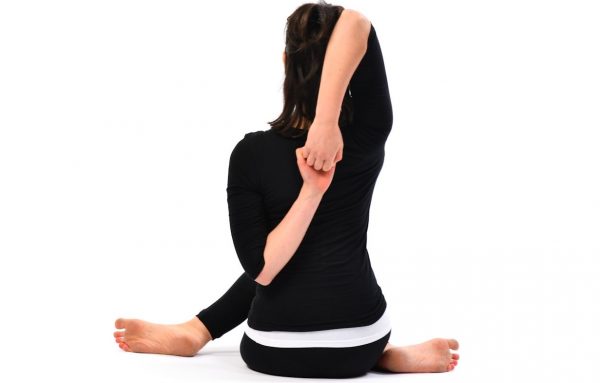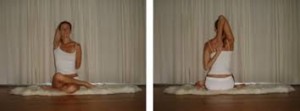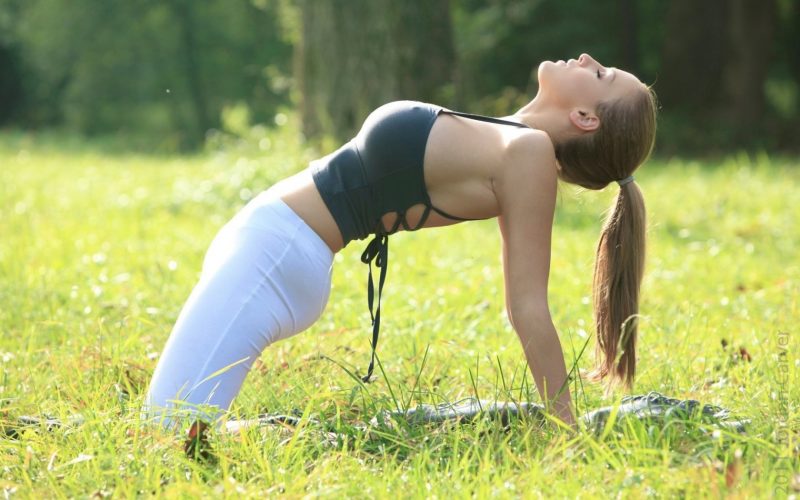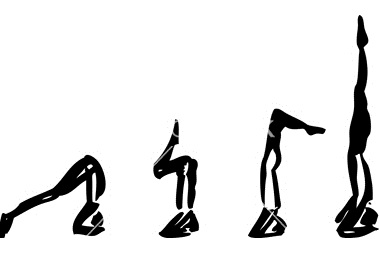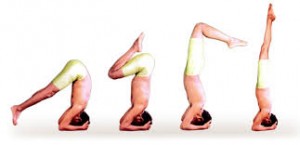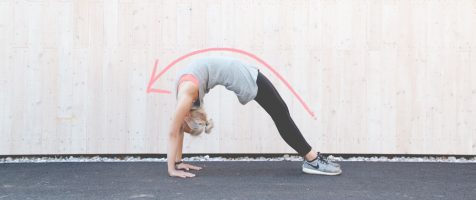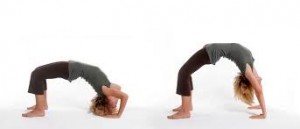Gomukhasana or Cow Face Pose
“Go” refers to “Cow” and “Mukha” refers to “face” so it is called Gomukhasana or Cow Face Pose. While performing this asana, this yoga posture resembles a Cow head. This asana is also one of the powerful asanas.
Stages
- Spread a cloth on the floor and sit on the floor with the legs extended in front of you.
- Fold your left leg and place it under the buttocks
- Fold your right leg and bend it such a way that the right knee rests on the left knee and sole of the right foot touches the lower part of the left thigh.
- Bend your left arm, bring it back and place behind the back by raising hand upward.
- Now bend your right arm from upward direction above the shoulders and place it on the back as far as it possible.
- Now try to touch the finger of each hands and eventually try to catch the hands as well.
Note:
- Try to put your weight on the left side and balance your body
- Be comfortable and constant
- If fingers of both hands slip away, then try to touch once again and practice it regularly
- Keep trunk and head straight. Breathe slowly
- Perform the asana for two minutes in the beginning but gradually, you can extend the time till 15 minutes.
Benefits:-
- Make the back flexible
- Stimulates kidneys and treat diabetes, sciatica
- Develop chest, lungs and heart.
- Improve sexual ailments
- Dissolve tumor in the axilla
- Cures constipation, dyspepsia, loss of appetite, backache, arm- sprain.

